If something has never E-V-E-R happened in the history of mankind, and then it happens 3 times in one day, I don't know, I personally would be looking for a reason. Planes have crashed into buildings before, this wasn't the first time.
Taz, when in history, in less than a 1/2 hour, have 2 fully fueled Boeing 767s crashed into 2 of the largest buildings in the world, separated by a mere 90 feet? So, to flippantly remark that planes have crashed into buildings before, insinuating that 9/11 wasn't all that unique, simply blows my mind. Unprecedented events break the mold of our expectations. Listen, I of course realize that the planes didn't strike WTC7, but in the buildings you've shown, were any of them constantly being pummeled by falling debris from a towering inferno standing as tall?
Listen, I get the whole "NIST should have done their forenzic homework" line of thinking. I really do and it frustrates me that they chose not to study the actual crime scene. And I can certainly understand why people are skeptical. You've made some excellent points that are worthy of scrutiny. I, like you and others, would have much preferred that every conceivable angle had been attacked. But we have to deal with what is, not what we wish it to be.
Showing pictures of severely damaged buildings is interesting but I don't believe they are as material to this discussion as you think. The scenario of the twin towers and the close proximity of other skyscrapers is clearly unprecedented. So I don't know how adequate comparisons can be made.
We can conjecture all day long about what should or should not have been done, but that doesn't really solve anything. To my limited understanding (admittedly, I'm a financial planner not a scientist), given the information utilized, I believe a reasonable report was prepared and objective scientific conclusions were drawn. If it is within the realm of possibly that two 767s could have wreaked that much havoc, then why not believe the report? Was the NIST study as thorough as it could have been? No, not in my view, but from that is it intellectually honest to conclude that it was errant simply because other buildings not similar in structure or circumstance didn't collapse in the same manner? Now, if in the report, it was concluded that the fires could not have caused the collapses, then we'd have a far different ballgame. But that didn't happen.
So how can we continue to argue that just because we don't like the fact that things were not studied to the degree we think they should have, that something other than out-of-control fires destroyed WTC7? Believing anything else other than what has been scientifically proven, seems to be proof that we've tapped into the realm of the subjective and that we have become products of our presuppositions.
Showing lots of burned buildings that didn't collapse seems far less scientific than studying the actual scenario of a building that did collapse.
As I've read the many posts of those who bristle at the NIST report, I have come to the conclusion that they are truly attempting to be as objective as possible. Nobody intentionally believes lies. And though you and others are probably a whole lot more scientifically astute than I am, it appears to me (and I certainly could be wrong) that those who take the controlled detonation route, are not being as logical as they might think.
It seems that we've developed a culture such that to believe anything other than the official story, is truly an example of free thinking. Sometimes we can become slaves to our anti-establishment paradigm. Heck, I don't trust my government, but does that logically follow that everything evil (Aurora, Sandy Hook, 9/11 and the Boston bombing) are perpetrated by nefariously intentioned overlords? This Alex Jones mentality seems like a virus that is a greater threat than the one-worlders who are supposedly trying to enslave us.
At one time in the not too distant past, I turned every anomaly into government culpability. I threw every unanswered question into the "the government must have done it" box. And then one day I realized how biased and gullible I had become. I thought I was so much more enlightened than the "sheeple" I quietly mocked. Fighting to remain objective is one of the most difficult tasks in life. Every day I have to spar with my presuppositions. And my hope is that they only win when they are correct.
This thread seems like a cat chasing it's tail. People are rather polarized. And therefore I believe the only way those who assent to the controlled demolition route will be satisfied, is after a full-scale simulation. And that's not quite like any old plane crashing into a building.

As a disclaimer, my intent is merely to offer another point of view. I'm not calling anyone's integrity or honesty into question. Cheers.
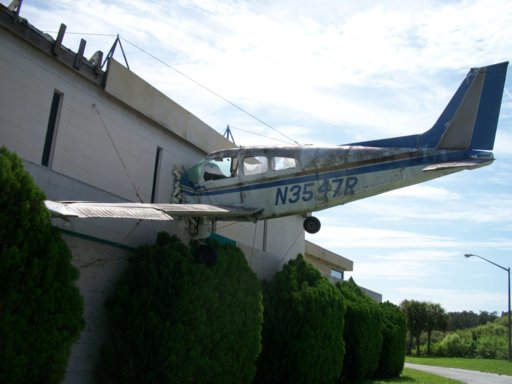
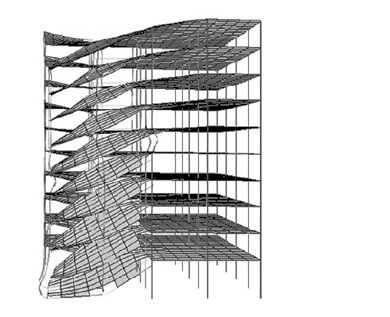

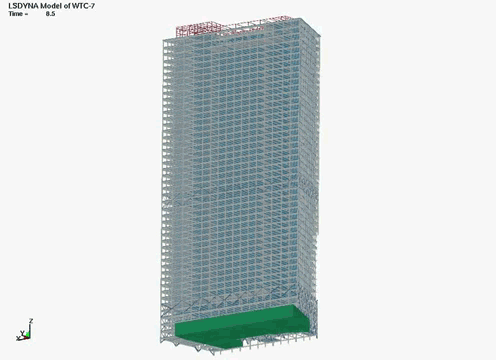
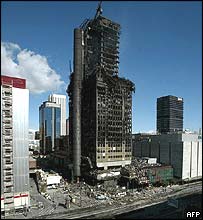
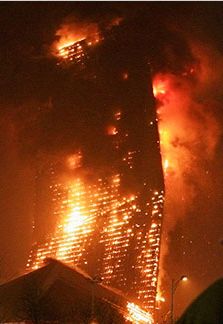
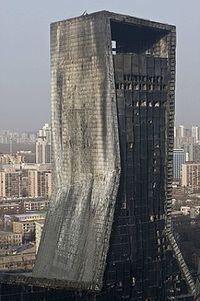
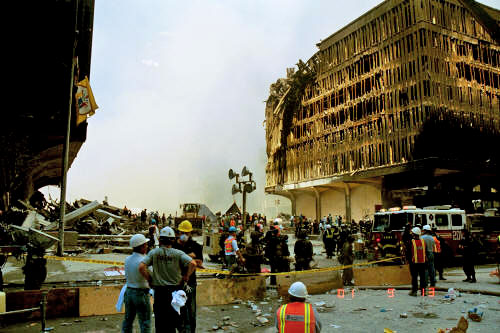


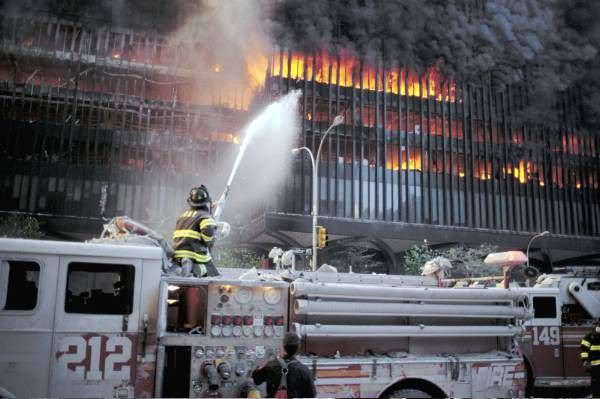
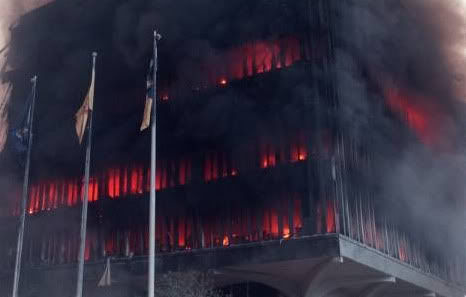
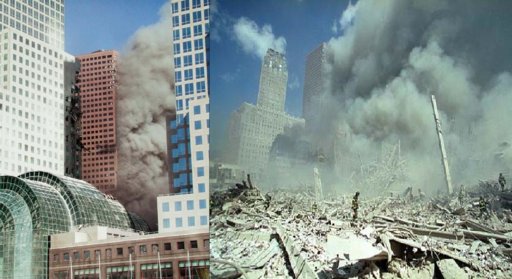
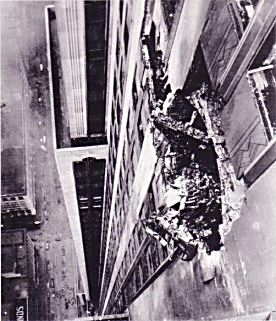


 51.3% (98)
51.3% (98)